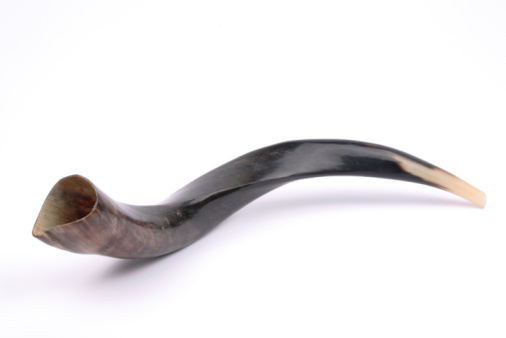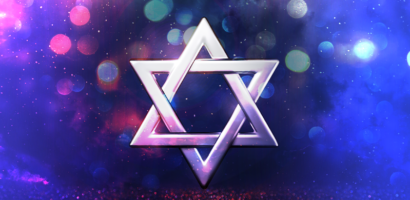Shofar-blowing (Hebrew: תקיעה בשופר) is a religious duty of Rosh Hashana and the days leading up to Yom Kippur (Day of Atonement).
The Shofar is a horn of a ram used for Jewish religious purposes.
In the month of Elul, the month before Rosh Hashana, we start making our way back to
G-d. The sound of the shofar is the wordless cry of the soul, yearning to break free of the prison of the mundane.
It is also believed that the Shofar-blowing meant to confuse Satan about what day is Rosh Hashanah and prevent his negative thoughts.

The Shofar is mentioned more than 70 times in the Bible in various contexts and functions:
In the Book of Joshua 6:1-20, Judges 3:27, Samuel A 13:3, Exodus 29:16-19 and also in Isaiah 27:13:
” וְהָיָה בַּיּוֹם הַהוּא, יִתָּקַע בְּשׁוֹפָר גָּדוֹל, וּבָאוּ הָאֹבְדִים בְּאֶרֶץ אַשּׁוּר, וְהַנִּדָּחִים בְּאֶרֶץ מִצְרָיִם; וְהִשְׁתַּחֲווּ לַיהוָה בְּהַר הַקֹּדֶשׁ, בִּירוּשָׁלִָם”.
“And it shall come to pass in that day, that a great horn shall be blown; and they shall come that were lost in the land of Assyria, and they that were dispersed in the land of Egypt; and they shall worship the LORD in the holy mountain at Jerusalem.”
There are 4 ritual Shofar sounds:
• T’key-ah – A long blast beginning in musical mid-range and finishing as a high note.
• Shvarim – Three staccato blasts. The duration of all three together is the length of a T’key-ah.
• True-ah – A long ululating “wailing” sound.
• T’key-ah Gdolah- A T’key-ah that you continue as long as you can. It comes at the end of the series of calls. T’key-ah Gdolah is usually the last Shofar call.
Credits:
ajudaica.com/guide_shofar
.woo.co.il/wp-content







 Available on WhatsApp
Available on WhatsApp
Join the conversation (No comments yet)